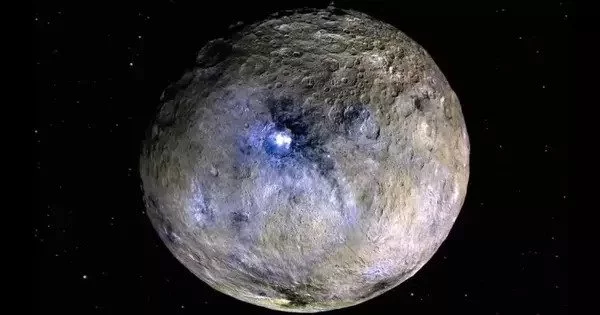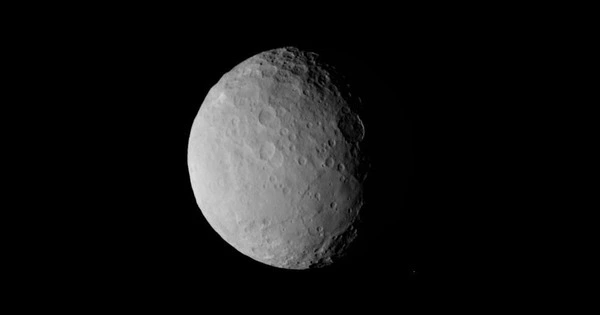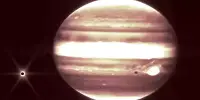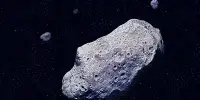For a long time, our understanding of Ceres was hazy, according to Scott King, a geoscientist in the Virginia Tech College of Science. Ceres, a dwarf planet and the largest body discovered in the asteroid belt (the region between Jupiter and Mars peppered with hundreds of thousands of asteroids), had no discernible surface features in previous telescopic observations from Earth.
Then, in 2015, the hazy orb known as Ceres appeared in the sky. That view astounded scientists like King. Data and images collected by NASA’s Dawn mission provided a clearer picture of the surface, including its composition and structures, revealing unexpected geologic activity.
Ceres’ general size had been observed previously by scientists. Because it was so small, it was assumed to be inactive. Instead, Dawn discovered a large plateau on one side of Ceres that covered a fraction of the dwarf planet, similar to what a continent might take up on Earth. Fractures in rocks clustered in one place surrounded it. And there were visible traces of an ocean world: deposits all over the surface where minerals had condensed as water evaporated — the mark of a freezing ocean.
King, a professor in the Department of Geosciences who primarily studies larger bodies such as planets, was curious about how a body as small as Ceres could generate the heat required to power that kind of geological activity and account for the surface features detected by Dawn.
It turned out that you could show in the model that where one hemisphere had this rising instability, it would cause extension at the surface, and it was consistent with these fracture patterns.
Prof. Scott King
He and a team of scientists from multiple universities, as well as the US Geological Survey and the Planetary Science Institute, discovered through modeling that the decay of radioactive elements within Ceres’ interior could keep it active. Their research was recently published in the American Geophysical Union Advances journal.
King’s research on large planets like Earth, Venus, and Mars had always shown him that planets begin hot. That initial heat is produced by the collision of planet-forming objects. Ceres, on the other hand, never grew large enough to become a planet and generate heat in the same way, according to King. To figure out how it could still generate enough heat to power geologic activity, he studied Ceres’ interior using theories and computational tools previously applied to larger planets, and he looked for evidence that could support his models in data returned by the Dawn mission.
The team’s model of the dwarf planet’s interior showed a unique sequence: Ceres started out cold and heated up because of the decay of radioactive elements such as uranium and thorium – which was alone enough to power its activity – until the interior became unstable.

“What I would see in the model is, all of a sudden, one part of the interior would start heating up and would be moving upward and then the other part would be moving downward,” King said.
This instability could explain some of the surface features discovered on Ceres by the Dawn mission. The large plateau had formed on only one side of Ceres, with nothing on the other, and the fractures were clustered in a single location around it. The concentration of features in one hemisphere indicated to King that instability had occurred and had left a visible impact.
“It turned out that you could show in the model that where one hemisphere had this rising instability, it would cause extension at the surface, and it was consistent with these fracture patterns,” King said.
Ceres, according to the team’s model, did not follow a planet’s typical pattern of hot first and cool second, instead following its own pattern of cool, hot, and cool again. “What we’ve demonstrated in this paper is that radiogenic heating alone is sufficient to produce interesting geology,” King said.
He sees similarities to Ceres in Uranus’ moons, which were recently designated as a high priority for a major robotic mission by a study commissioned by NASA and the National Science Foundation. With further improvements to the model, he hopes to explore their interiors as well.
“Some of these moons aren’t that much bigger than Ceres,” King said. “I believe that implementing the model would be very exciting.”















